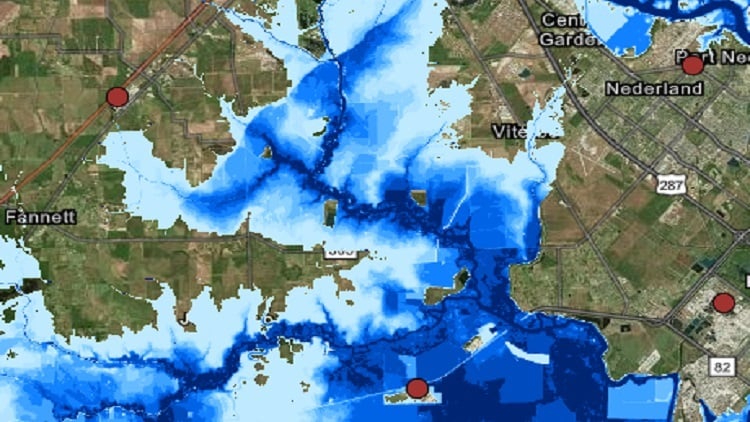S. Himmelstein | June 20, 2023
 Source: EPA
Source: EPA
The potential implications of sea level rise for hazardous waste facilities in U.S. coastal communities are visualized with a new tool developed by the U.S. Environmental Protection Agency (EPA).
The data visualization platform is intended to help coastal communities, and hazardous waste facility managers to better prepare for the impacts of climate change; independently assess their sea level rise vulnerabilities. The tool references information from the 2022 Interagency Sea Level Rise Technical Report, which predicts that global mean sea level could rise between about 1 ft and 7 ft by 2100. Sea level rise can threaten hazardous waste facilities, like landfills, along the U.S. coastline.
According to data collected by EPA, 1.6 million tons of hazardous waste were managed at more than 55 facilities in 2019 that would be affected by five or more feet of sea level rise. Identifying those facilities that could be affected by rising water levels will help both communities and facility managers mitigate potential pollution risks resulting from contaminant release.
The agency recommends actions that can be taken by hazardous waste facilities to help prevent releases of hazardous waste from natural disaster damages, including construction of physical barriers to contain contaminants. Placing engineering controls, such as pumps and electrical equipment, in locations with low likelihood of being impacted by flooding, fires and other identified climate threats is also advocated. Containment, monitoring and treatment systems and subgrade infrastructure must be designed to withstand changing conditions from these threats.
